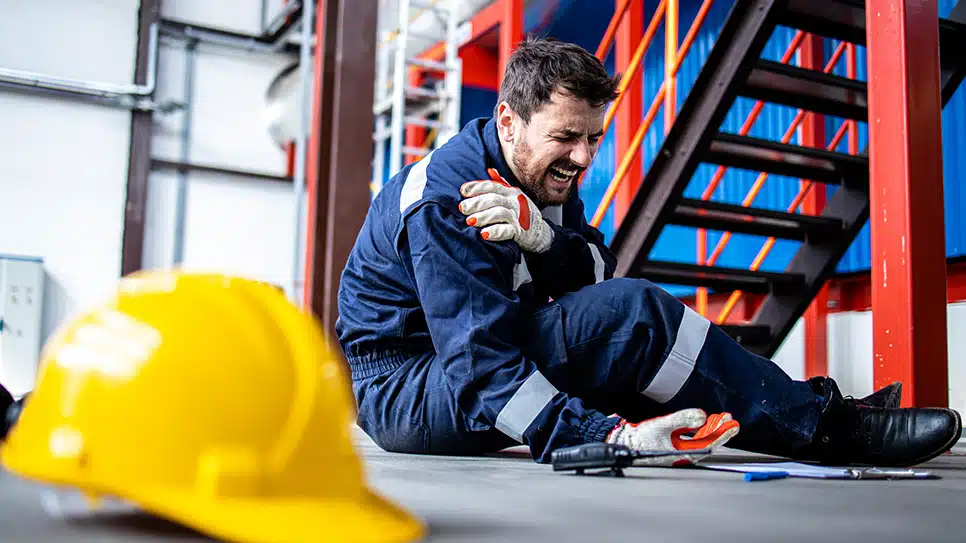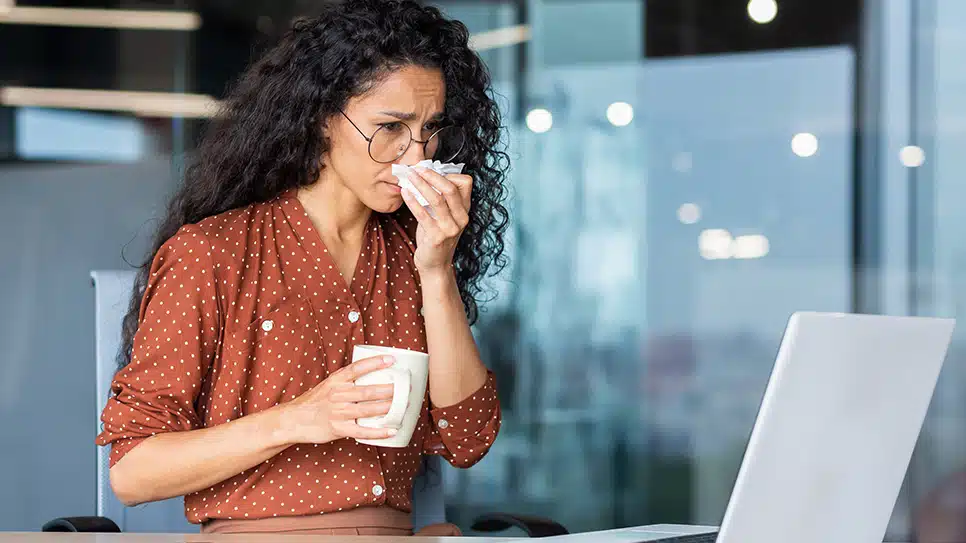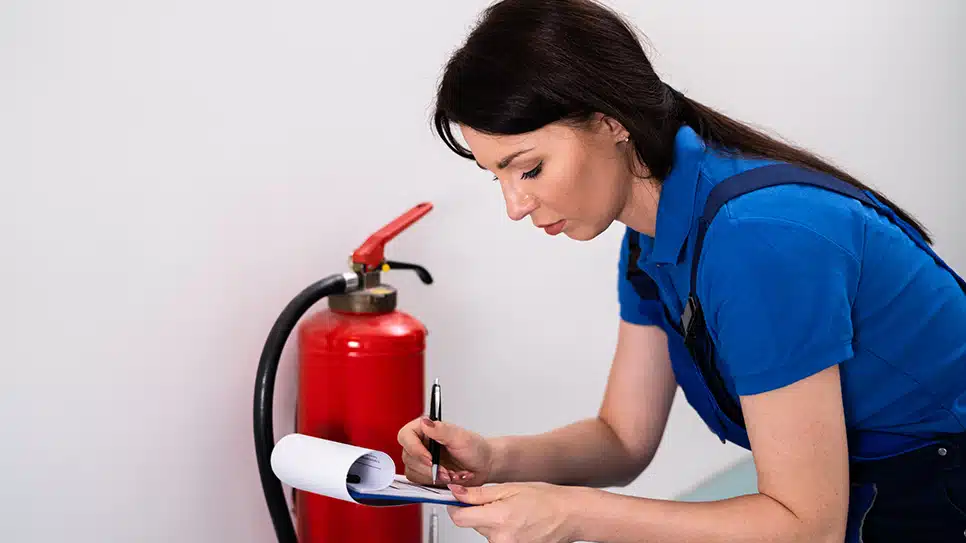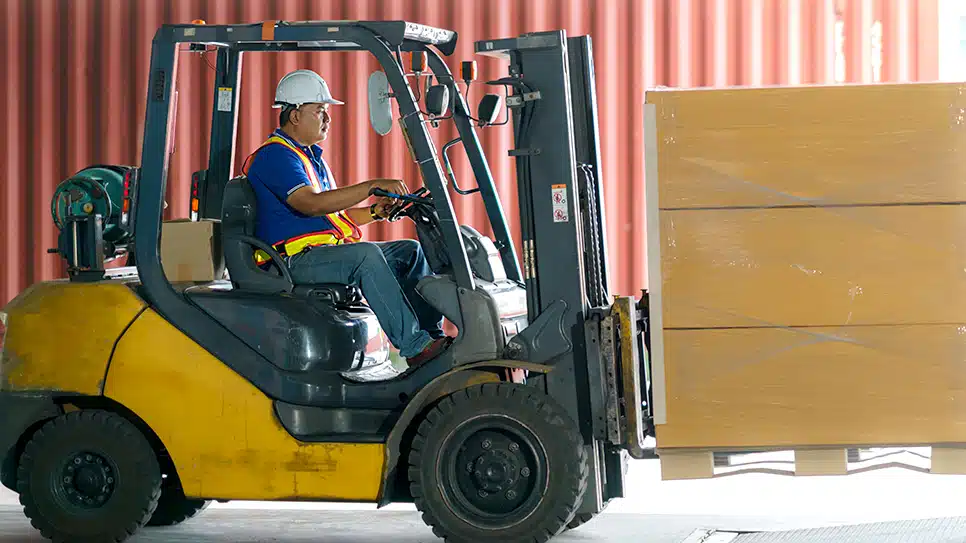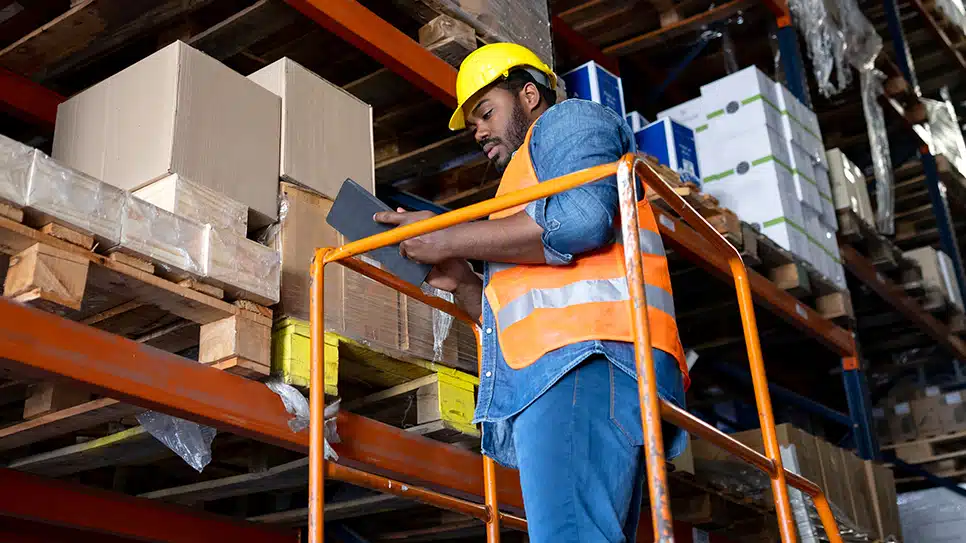
Slips, Trips, and Falls Training for Employees
Safety training on how to avoid workplace slips, trips and falls reduces the risk of accidents by building good habits and a greater awareness of hazards.
Course description
Traliant’s Slips, Trips and Falls training is a 35-minute course that explains where slips, trips and falls most often occur in the workplace, how to identify hazards and how to prevent them from occurring in different environments.
This course aligns with the Occupational Safety and Health Administration’s (OSHA) general industry regulations on walking/working surfaces that guard against hazards including clutter, protruding objects, and wet conditions.
ONLINE TRAINING
Slips, Trips, and Falls Training for Employees
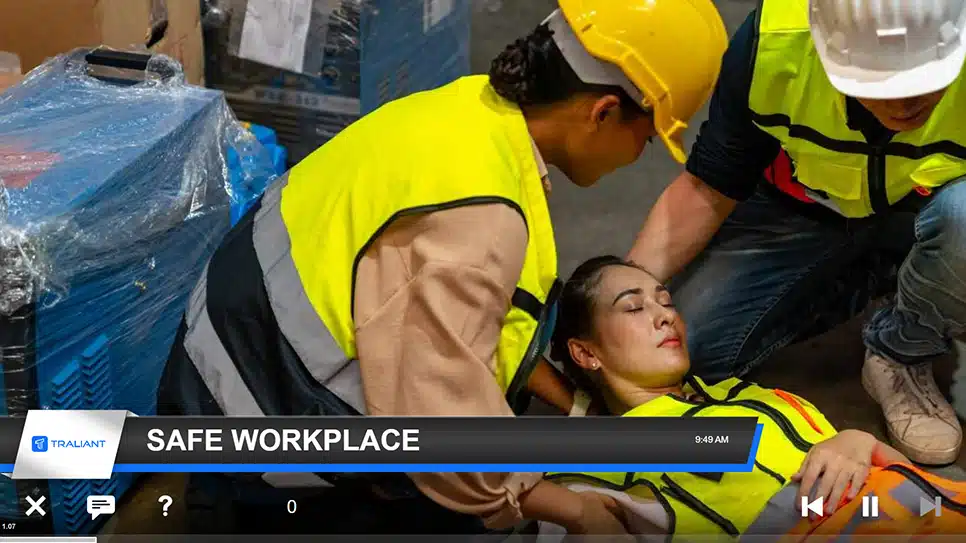
Slips, Trips and Falls covers these topics and more:
- What are slips, trips and falls
- Causes and impacts of slips, trips and falls
- Slip, trip, and fall prevention methods
- Stairs, ladders and getting on and off equipment
- Falling properly
KEY FEATURES
Why you'll love our training
It’s time to embrace a new era of online training with a valued partner who will ensure seamless implementation, along with a learning experience your employees will truly enjoy.
Course administration
Traliant makes it simple to roll out training to your workplace and provide technical support directly to your employees at no additional cost.
Course customizations
Tailor courses to include your logo, relevant policies, workplace images, and more. Traliant can even customize the course with scenarios that take place in your own workplace environment.
Translations
Training is available in English, Spanish and is supported in over 100 languages.
What to consider when choosing the most effective slips, trips, and falls training
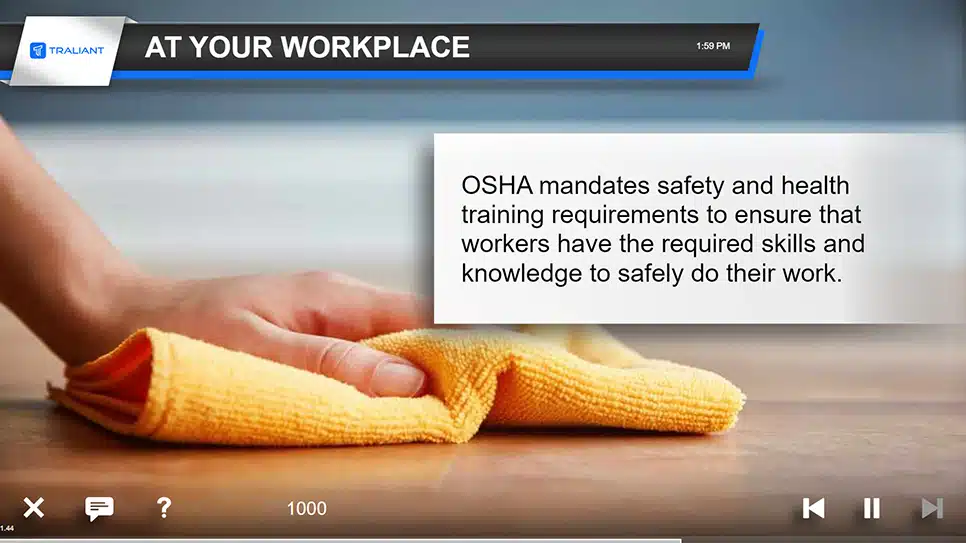
- Prevent injuries: Slips, trips, and falls are a leading cause of workplace injuries. Training can help to reduce the risk of these incidents by raising awareness of hazards and by teaching employees how to prevent them.
- Create a safer workplace: Training helps to create a safer work environment for everyone.
- Reduce costs: Slips, trips, and falls can be costly for organizations, as they can result in medical expenses, workers' compensation claims, and lost productivity.
- Empower employees: Training provides employees with the knowledge and skills they need to identify and avoid hazards.
- Strengthen your organization's commitment to safety: Training demonstrates the company's commitment to creating a safe working environment.
- Reduce the risk of accidents: When employees are aware of the risks and take precautions, they are less likely to have an accident.
- Wet or slippery surfaces: Spills, leaks, or wet floors.
- Uneven surfaces: Cracks, holes, or uneven flooring.
- Obstacles: Clutter, cords, or boxes in walkways.
- Poor lighting: Inadequate lighting can make it difficult to see hazards.
- Inappropriate footwear: Wearing shoes with slippery soles or high heels.
- Distractions: Using cell phones or other devices while walking.
- Clean up spills immediately: If you see a spill, clean it up right away or report it to someone who can.
- Keep walkways clear: Make sure that walkways are free of obstacles.
- Wear appropriate footwear: Choose shoes with non-slip soles.
- Be aware of your surroundings: Pay attention to where you are walking and be aware of potential hazards.
- Take your time: Avoid rushing or running in the workplace.
- Use handrails: Use handrails when going up or down stairs.
- Maintain good housekeeping: Keep stairs and ladders clear of clutter.
- Use handrails: Always use handrails when using stairs or ladders.
- Face the ladder when climbing: Don't carry objects that could obstruct your view.
- Inspect ladders before use: Make sure that the ladder is in good condition and that it is properly secured.
- Use the right ladder for the job: Choose a ladder that is the right height for the task.
- Report the incident to their supervisor immediately.
- Seek medical attention if needed.
- Document the incident: Complete an incident report.



